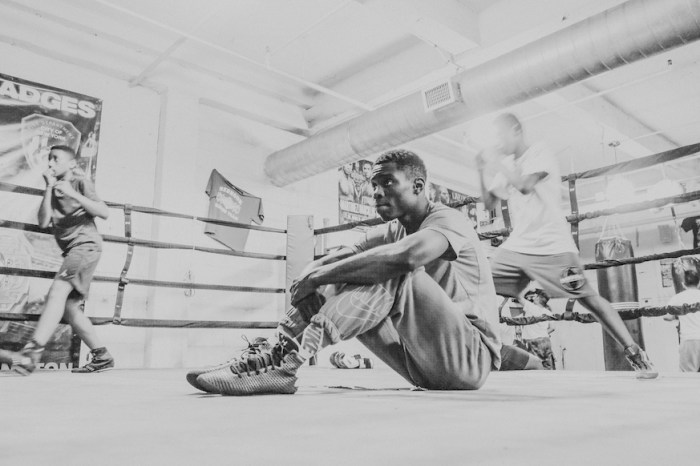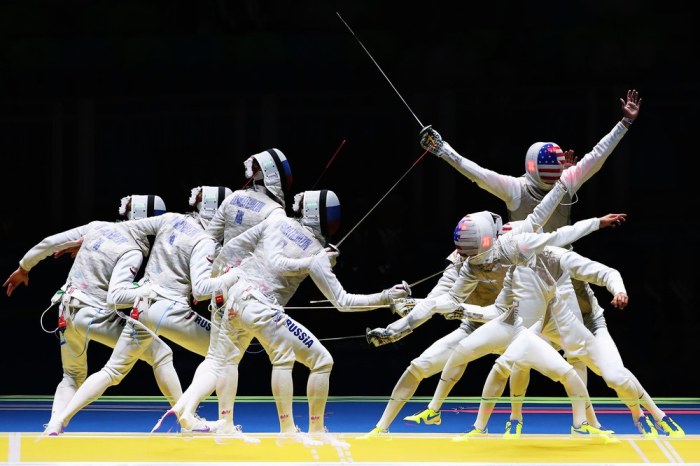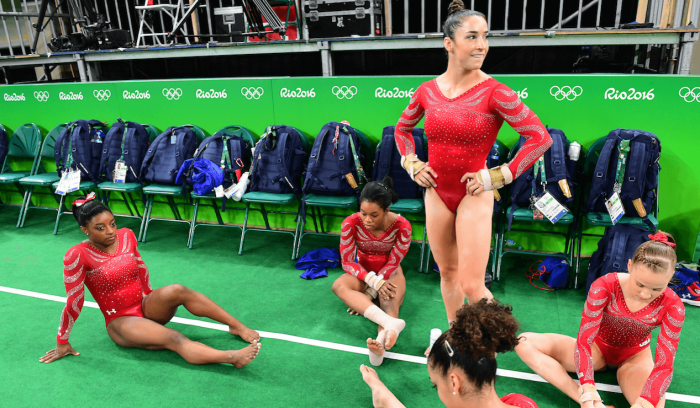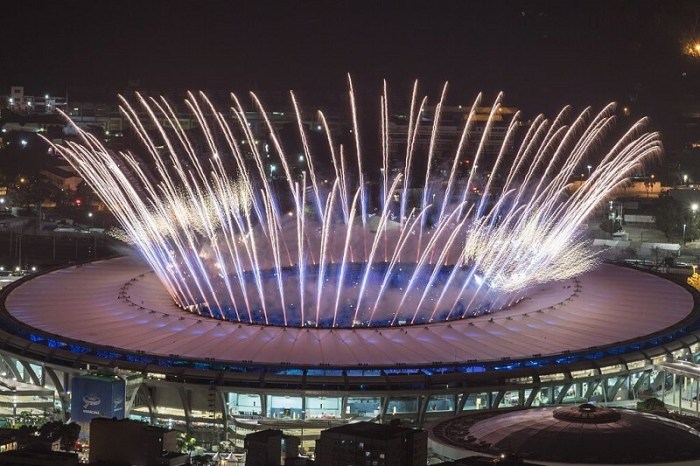By Paulo Prada
RIO DE JANEIRO (Reuters) – Less than a week into the Olympics and people are looking tired around Rio de Janeiro.
That is not just the athletes, mind you, but the spectators trekking between hundreds of competitions across the sprawling city, where long commutes, vibrant beaches and alluring nightlife add to the exhaustion of actually watching the sports. Catch a bus or subway back into town from one of the Games’ many outlying venues, or merely walk around Olympic sites between events, and you will see people as spent as if they had completed a decathlon. “I’m dead,” said Rodrigo Escobar, a 24-year-old Argentinian who lay next to his father on a patch of grass after a handball match. “We were planning to go out tonight, but there’s no way – we wouldn’t have energy for tomorrow.” Part of the fatigue has to do with the logistics involved in such a large program, featuring more than 300 medal events, 11,000 athletes and venues that can be as far as 40 km (25 miles) from one another, as is the case if you wanted to catch beach volleyball and, say, canoeing in the same day. But it also has to do with the fact that many visitors want to pack it all in, like an overeager toddler at Disney World or the first-time tourist in Paris hoping to see the Louvre, the Eiffel Tower and Notre Dame in one day. “People should know they have to pace themselves,” says Duane Penner, a sales executive with Roadtrips Inc., a Canadian tour operator, who is in Rio with Olympic clients and says he tells them as much even before they leave home. “You need to build some time in to rest or even take the sights in.”
“KEEP GOING”
At a spectacle about endurance, though, many spectators are as singleminded as the athletes.
Consider Lorna Montgomery, a 54-year-old visitor from England who came with her husband, Billy, to attend events each day for the duration of the Games. Some days, they get home at 2 a.m.
From a rented room in the central neighborhood of Laranjeiras on Tuesday, they awoke at dawn to make a rowing event at a lagoon 45 minutes away by car, lunched briefly at a nearby shopping center and then proceeded another 90 minutes by subway and bus to watch basketball in the evening. “It can be hard,” Montgomery says, sitting with her husband on two towels they brought, along with water bottles and rain ponchos. “But you just have to keep going.”
With fatigue in mind, organizers point to the amenities they provided for spectators, roughly a million of whom are expected to attend the Games by the time they end Aug. 21.
At the Olympic Park, more than 1 sq km of concrete that houses nine arenas for sports such as swimming, gymnastics and fencing, as many as 150,000 people are passing through daily. However enthusiastic they may appear inside the venues, cheering and heckling at an Olympics already known for its noisy crowds, many of them by nightfall are exhausted. Late on Tuesday, as the sun set behind a multicolored tennis arena where Rafa Nadal had just won, visitors sprawled across astroturf swatches, some of them sleeping, some of them watching events on giant screens set up before them. Nearby, a golf cart driven by an Olympic volunteer pauses at a stop on a circuit set up for elderly and disabled visitors to hitch rides.
“Even healthy people want to get on,” says Marcos Bertão, the 58-year-old driver, who says he has to change carts every three hours, after driving the circuit dozens of times, to get a fresh battery. Just then, a coupled of middle-aged Brazilians, tired but hardly infirm, ask if they can get on. “They’re not supposed to,” Bertão says, but then turns, relents and drives them toward the exit.
(Reporting by Paulo Prada; Editing by Alison Williams)


















